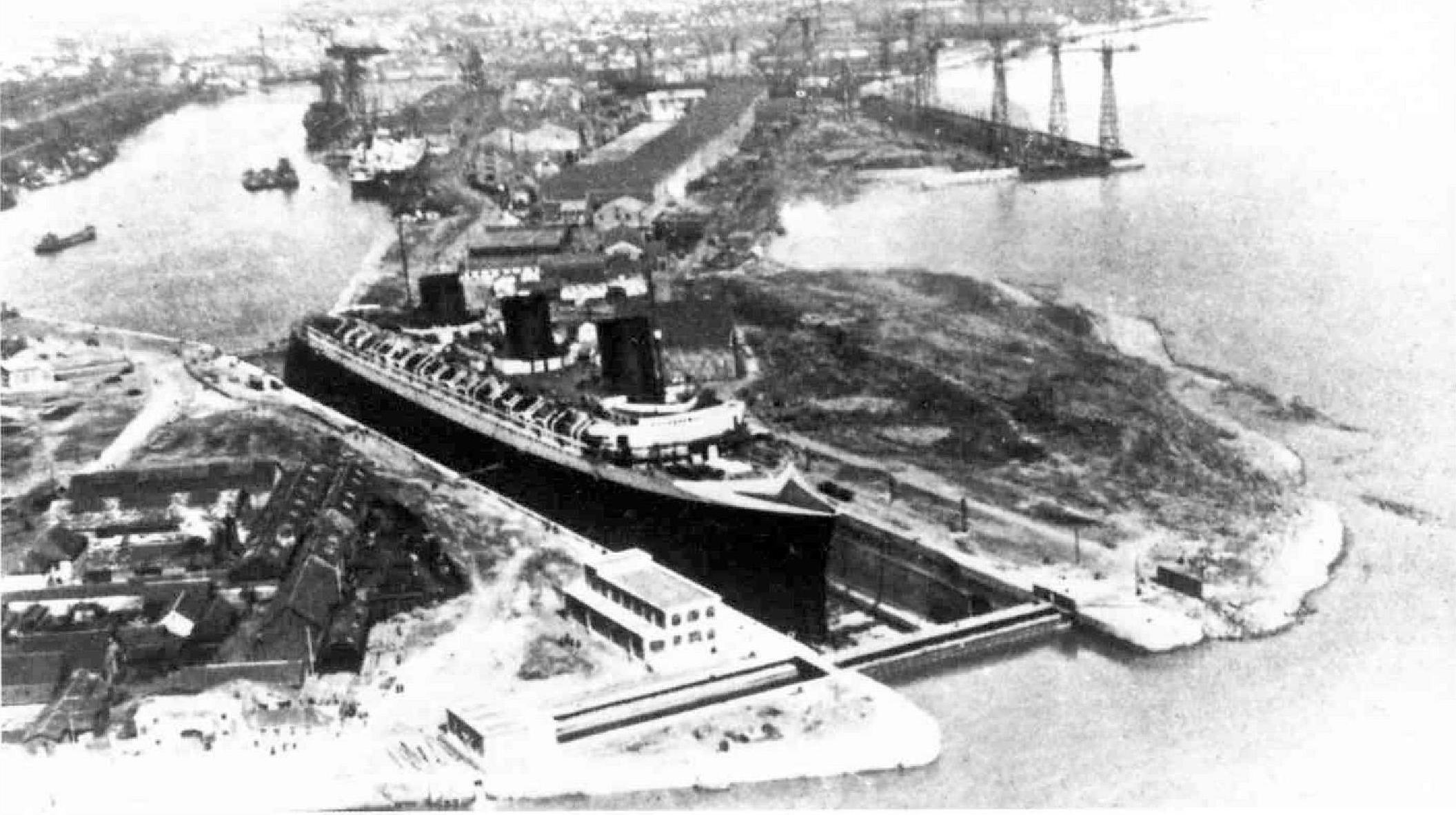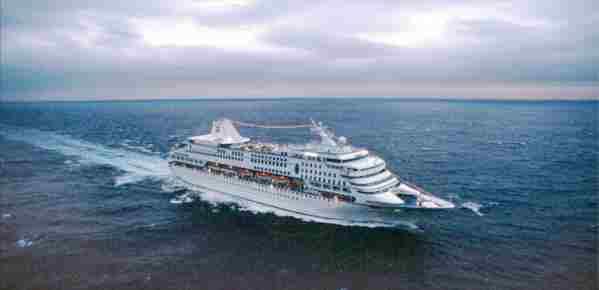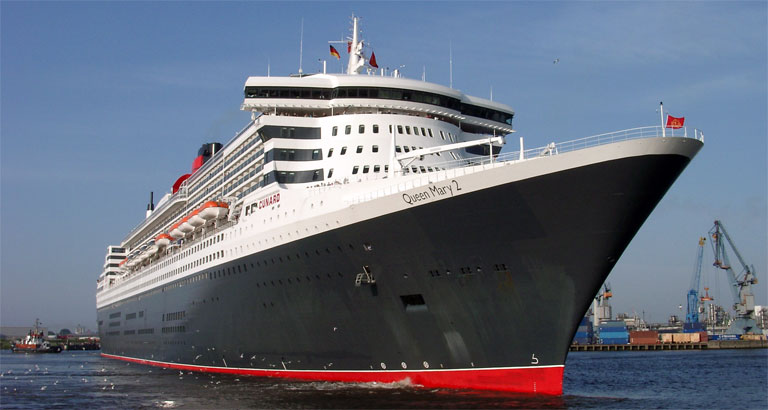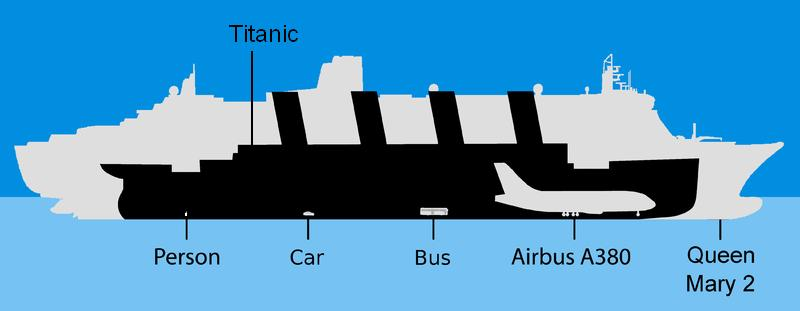
- •Часть 1 настоящего издания shipbuilding, автор Чумаков м. А. Удк 802.0:629.12(075.8) ббк 81.2Англ.Я 7. Вышла в свет в 2007 году в бнту
- •Unit I water vessels
- •Text 1a
- •Text 1b
- •Text 1c
- •Unit II passenger ships
- •Text 2a
- •Text 2b
- •Text 2c
- •Unit III cargo ships
- •Text 3a
- •Text 3b
- •Text 3c
- •Unit IV
- •Specialized vessels
- •Text 4a
- •Text 4b
- •Text 4c
- •Unit V art of shipbuilding
- •Text 5a
- •Text 5b
- •Text 5c
- •Unit VI shipbuilding technologies
- •Text 6a
- •Text 6b
- •1. Deck; 2. Transverse bulkhead; 3. Side frame; 4. Stem; 5. Forepeak; 6. Side stringer; 7. Double bottom; 8. Floor; 9. Afterpeak; 10. Sternpost; 11. Hatch; 12. Carling; 13. Deck beam
- •Synonyms:
- •Antonyms:
- •Text 6c
- •Installations
- •Hull Installation Work:
- •Electrical Installation:
- •3) Installation of the Auxiliary Machinery:
- •4) Installation of Boilers:
- •Unit VII shipbuilding in belarus
- •Text 7a
- •Text 7b
- •Text 7c
- •Belarusian sea port
- •Unit VIII future perspectives of ship-building
- •Text 8a
- •Ships of the future
- •Text 8b
- •Text 8c
- •Intelligent systems of ship automation
- •Supplementary texts
- •Vessel familiarization While Staffing a Liner
- •Minimum Requirements for the Vessel Personnel
- •Systems Of Signals
- •Navy ships of the early xxth century
- •Three from catalina
- •A “baby” in the cats’ family
- •Addison’s shipyards
- •Perspective ships. General requirements and ways of implementing
- •The main directions of the development and the features of the perspective ships
- •Appendix Types of Boat Hulls
- •Major Shipwrecks
- •Directions of a Boat
- •Abbreviations and symbols
- •Some geographical and proper names
- •Vocabulary
- •Contents
-
Text 2a
LINERS
The sailing packets that began to cross the Atlantic Ocean in the early 1800’s were the first ships to stress passenger comfort. From then on, shipping companies provided better and better passenger services. As ships switched from sails to steam power during the 1800’s, British companies

Pic. 2: The Normandie in dry dock
offered the best accommodations, largely because of Brunei's excellently designed ships.
Two British firms — the Cunard Line and the White Star Line — dominated transatlantic service until about 1900. Then, Germany's North German Lloyd Line and Hamburg American Line began to offer serious competition. Later, French and Dutch lines entered the race for transatlantic passenger business. Much of this business came from transporting immigrants from the Old World to the New World. The United States took the lead in providing service across the Pacific Ocean with the founding of the Pacific Mail Steamship Company in 1848. As various shipping lines competed for passengers, ships became larger, faster, and more luxurious.
The great age of the ocean liner came in the early 1900s. It reached its height in the 1930’s with the launching of three of the most luxurious ships
ever built. They were the Normandie of France and the Queen Mary and Queen Elizabeth of Britain. These giants, each almost 1,000 feet (300 meters) long, crossed the Atlantic Ocean in just over four days. In 1942, a fire destroyed the Normandie as it lay in New York Harbor.
In designing the hull of the ocean liners the dimensions of fashion and luxury sometimes dominated over sea worthiness. Huge surface

Pic. 3: The hull architecture of the ocean liner
volume in bow part of the liner hull caused navigation with free yaw on a course, which did not admit by bulb. The wide aft deck essentially limited opportunities of a storm rate choice. As a whole the storm safety depended mainly on reliability of engines and experience of helm's watch.

Pic. 4: Modern passenger liner
Beginning
in the late 1940's, the airplane began to attract more and mor

and Queen Elizabeth to American investors who planned to make tourist attractions of the ships. In 1972, fire destroyed the Queen Elizabeth as it lay at anchor in Hong Kong Harbor. In 1951, American shipbuilders launched the United States, the pride of the nation's passenger fleet. The United States had a cruising speed of 33 knots and was the fastest ocean liner afloat. But in 1969, the ship stopped operating because of a lack of passengers. Today, the United States has no major passenger liner service across the Atlantic.

Pic. 6: The Queen Mary 2 in Comparison
Today, the only luxury liner to make transatlantic crossings is Britain's Queen Elizabeth 2, which was launched in 1967. It crosses the Atlantic from April until December and it carries passengers on a cruise around the world during the winter months. Most liners today are used as cruise ships to the Mediterranean, the Caribbean, and other vacation areas. Norway's Sovereign of the Seas, a cruise ship that began service in the Caribbean in 1988 can carry more passengers than any other ship. The Sovereign can carry almost 2,700 passengers and 750 crewmembers.
Ex.7. Answer the questions:
1. What were the first ships to stress passenger comfort? 2. What country offered the best accommodations for the passengers in the XIXth century and why? 3. What did transatlantic passenger business come from? 4. What was the reason that ships became larger, faster, and more luxurious? 5. What period is considered to be the great age of the ocean liner? 6. Why were the passenger liners of that time sometimes unsafe? 7. How can you explain a considerable decline of ocean liner service in the second half of the XXth century? 8. What for most liners are used today?
Ex. 8. Agree or disagree with the following statements. Give grounds to your answer:
1. Ships switched from sails to steam power in the XIXth century. 2. British shipping companies had no serious competitors till WWII. 3. The great age of the ocean liner reached its height in the first half of the XXth century. 4. In designing the liner hull the dimensions of sea worthiness and safety were taken into account first of all. 5. Today we can travel across the Atlantic on board several luxury liners. 6. The development of transatlantic liner service was ceased due to the appearance of long-distance airplanes. 7. Many liners stopped their service because of the high fares and lack of comfort. 8. Today, the USA is the only country, which has regular passenger liner service across the Atlantic. 9. Today, Norway's Sovereign of the Seas is the largest cruise ship in the world.
Ex. 9. Translate into English:
1. Британские пароходные компании предлагали лучшие условия для пассажиров благодаря превосходно спроектированным кораблям. 2. В конце XIX века Великобритания и Соединенные Штаты заняли лидирующее положение среди стран, предлагающих путешествия через океан. 3. Самыми фешенебельными из когда-либо построенных океанских лайнеров были французская «Нормандия» и британские «Королева Мэри» и «Елизавета». 4. Особенности конструкции корпуса океанских лайнеров являлись причиной «рыскания» на курсе и существенно ограничивали возможности при шторме. 5. Надежность двигателей и опыт вахтенных были основными факторами, от которых зависела безопасность корабля. 6. «Королева Елизавета» была уничтожена пожаром на якорной стоянке в Гонконгской гавани. 7. Так как американские пароходные линии прекратили существование из-за нехватки пассажиров, единственным трансатлантическим лайнером класса «люкс» остается британская «Королева Елизавета 2». 8. Сегодня большинство лайнеров используются в качестве круизных судов в зонах отдыха.
Ex. 10. Define the main topic and idea of the text, split it into the logical parts, make up the plan of the text.
Ex. 11. Abstract the text.
Ex. 12. Skim the text and name the reasons for such popularity of the company mentioned:
